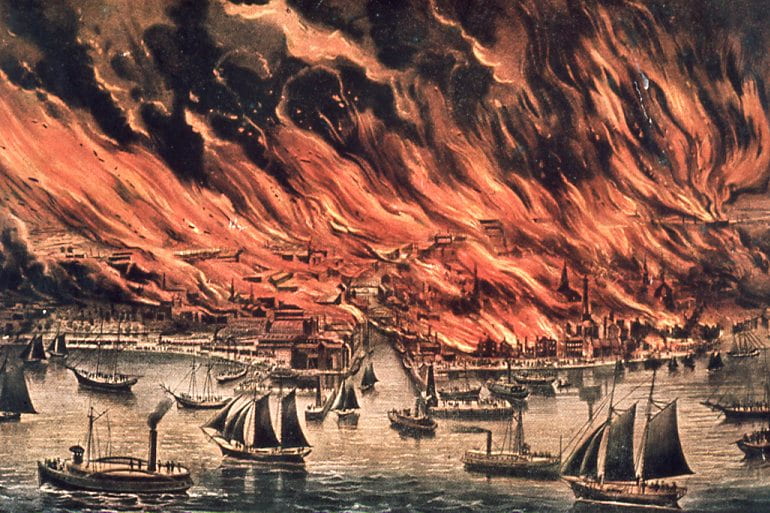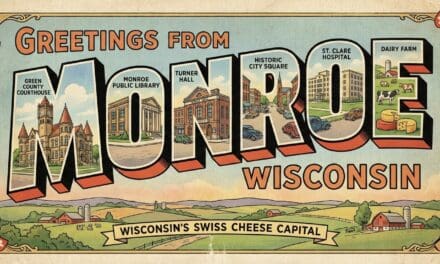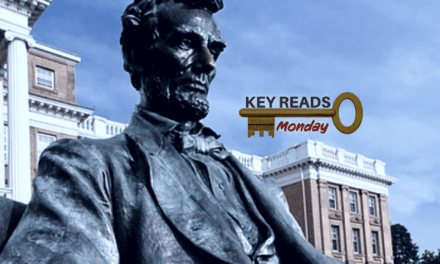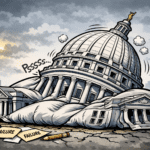On October 8, 1871, a devastating conflagration swept through the small town of Peshtigo, Wisconsin, leaving behind a trail of destruction and a tragic legacy that remains largely overshadowed by another infamous fire that occurred on the same day—the Great Chicago Fire.
While the latter captured the nation’s attention, the Peshtigo Fire, often referred to as the “Forgotten Fire,” was a catastrophic event that claimed more lives and ravaged a larger area.
The Peshtigo Fire is believed to have ignited on a fateful Sunday evening in October 1871, fueled by a combination of dry conditions, strong winds, and the logging industry’s extensive use of flammable materials.
The town’s economy was deeply intertwined with the lumber industry, and vast expanses of timber surrounded Peshtigo. As a result, highly flammable logging debris covered the forest floor, providing ample fuel for the approaching disaster.
The inferno quickly spiraled out of control, consuming everything in its path. The strong winds propelled embers for miles, creating fire tornadoes that jumped the Peshtigo River, further exacerbating the catastrophe.
The intensity of the flames is said to have reached unimaginable levels, with witnesses describing the sky turning an eerie shade of red as the firestorm raged on.
The Peshtigo Fire claimed the lives of an estimated 1,500 to 2,500 people, making it one of the deadliest wildfires in recorded history. The town of Peshtigo was almost entirely obliterated, leaving only a few structures standing amidst the smoldering ruins.
The aftermath was nothing short of apocalyptic, as survivors grappled with the loss of loved ones, homes, and livelihoods.
While the Peshtigo Fire unfolded, the Great Chicago Fire was also wreaking havoc, capturing the nation’s attention and overshadowing the tragedy in Wisconsin. The media’s focus on the urban disaster in Chicago led to the Peshtigo Fire being largely overlooked in historical accounts and popular memory.
In the aftermath of the Peshtigo Fire, the resilient community faced the daunting task of rebuilding their lives. With limited resources and support, survivors came together to reconstruct the town from the ground up.
The tragedy forged a tight-knit community that would not be defined solely by the devastation they had endured but by their determination to rebuild and persevere.
To learn more about the fire and how it affected the community, see artifacts from the fire, and visit the cemetery the memorializes both the known and unknown victims of the first, please visit the Peshtigo Fire Museum at 400 Oconto Ave, Peshtigo, WI. It’s open from Memorial Day through the first week of October.
















